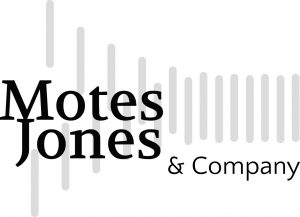Chromesthesia: A Catalyst for Creativity in Music, Media, and Management
Music has an undeniable impact on our emotions and experiences, but did you know that some people can perceive music as vibrant colors? Our very own in-house producer and co-founder, Jamon Jones, is gifted in this way. This extraordinary phenomenon, known as synesthesia, has fascinated researchers and artists alike. In the world of the music […]
Chromesthesia: A Catalyst for Creativity in Music, Media, and Management Read More »



